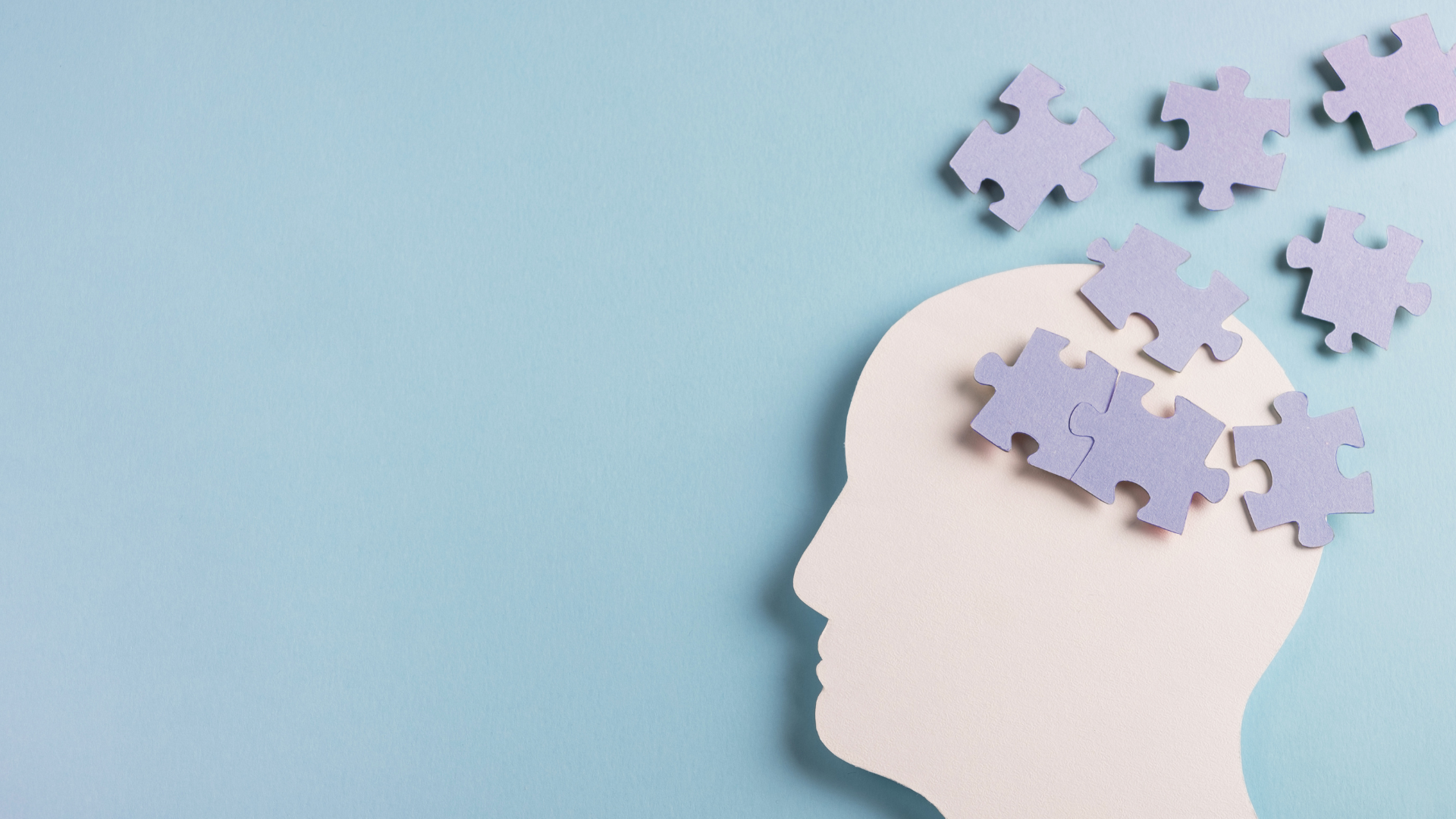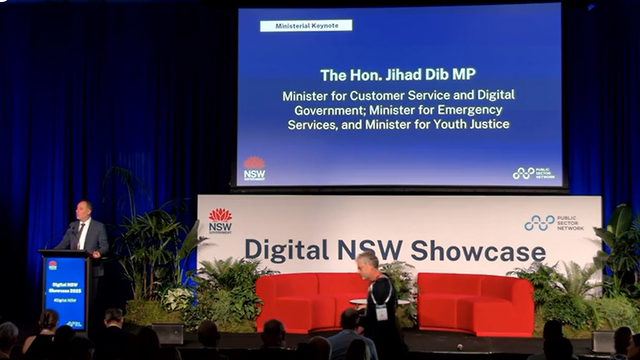
Mental health issues have surged in Australia, (particularly since our introduction to COVID19) with increasing numbers of people struggling with anxiety, depression, and other mental health conditions. One in five Australians experience mental health problems each year, with anxiety and depression being the most common conditions.
This growing crisis has prompted the Australian government to take decisive action by revolutionizing mental health care through digital services - this year the Federal Government announced a $456 million dollar investment in digital mental health services. The continued investment in and expansion of mental health services is designed to support the system to keep pace with demand for mental health care and ideally lessen the impact of mental health on the healthcare system.
Here we’re exploring the most influential innovations with which the government aims to make mental health support more accessible, efficient, and personalized. These digital initiatives (as they are also free, or at low cost) are set to revolutionise the landscape of mental health care, ensuring that all Australians have the comprehensive and equitable support they need at their fingertips.
This article is Part 1 of our Mental Health series and overcoming the challenges faced when using these digital tools is to come.
AI – The New Clinician’s Assistant:
- Personal & Preventative – AI tools assist clinicians in diagnosing mental health conditions by analysing medical records, clinical notes, and even facial expressions and speech patterns during consultations to help in making more accurate and quicker diagnoses
- Predictive analytics - powered by AI, can identify patterns and predict the likelihood of mental health issues before they become severe. This allows for early intervention, which can significantly improve patient outcomes. For example, AI can analyse social media activity and other digital footprints to identify signs of depression or anxiety
- Digital-Human Models - the Australian Psychological Society (APS) have proposed models that combine AI with human-based care so clients can move seamlessly between digital services and psychologists
- Chatbots - equipped with natural language processing (NLP) offer conversational therapy to users. These AI-powered chatbots can conduct initial assessments, provide cognitive behavioural therapy (CBT) techniques, and offer continuous support to patients.
Care at Your Fingertips with Mobile Apps:
- Self Help & Management - provide self-help resources, including guided meditation, cognitive behavioral therapy (CBT) exercises, and mood tracking to help users manage their mental health on their own
- 24/7 Crisis Support - apps like Beyond Blue and Lifeline offer immediate access to crisis support and counselling services, with human medical professionals providing vital assistance to individuals in distress any time of the day or night
- Accessibility - particularly beneficial in remote and rural areas where access to traditional mental health services is limited, ensuring that individuals in these locations receive the support they need
The Beauty of Efficiency with Telehealth:
- Accessibility - enables mental health professionals to provide remote consultations and therapy sessions, making it easier for patients to access care from anywhere in Australia. Particularly beneficial for individuals in rural or remote areas who may not have easy access to in-person mental health services.
- Integration with Digital Health Records - allows mental health professionals to access and update patient information in real-time. This seamless integration ensures that care is coordinated and that patients receive consistent and informed treatment across different healthcare providers
Increase Our Connectivity with Wearables:
- Real-Time Monitoring & Data Collection - used to monitor physiological indicators related to mental health, such as heart rate variability, sleep patterns, and physical activity levels. This real-time data collection helps in identifying stress, anxiety, and depression symptoms early on
- Integration with Mental Health Apps - analyse the collected data to provide insights and personalized recommendations. These apps can suggest relaxation techniques, prompt users to take breaks, or encourage physical activity based on the data from the wearable device
- Enhancing Telehealth Services - data from wearables is shared with healthcare providers during telehealth consultations, offering a comprehensive view of a patient’s mental health status. This information allows mental health professionals to make more informed decisions and tailor treatment plans effectively
Going Digital to Increase Inclusivity:
- Culturally Sensitive Digital Platforms - digital mental health platforms are being tailored to meet the needs of diverse cultural groups. This includes providing services in multiple languages and incorporating culturally relevant content and practices. For example, specialized services are available for Aboriginal and Torres Strait Islander communities, offering culturally appropriate support and resources
- Telehealth - services have been expanded to reach individuals in remote and rural areas, ensuring that geographical location is not a barrier to accessing mental health care. Patients can now connect with mental health professionals via video calls, phone calls, and online platforms, providing essential support to underserved communities
- Accessibility Features in Mental Health Apps - to support users with disabilities which includes voice-controlled navigation, text-to-speech functionality, and adjustable text sizes to ensure that individuals with visual or motor impairments can access mental health resources easily
- LGBTQIA + Inclusive Services - Technology is being used to provide safe space for the LGBTQIA+ community. Digital platforms offer anonymous support, community forums, and tailored resources that address the unique mental health challenges faced by LGBTQIA+ individuals, fostering a supportive environment
- Online Peer Support Networks - Online platforms and apps provide peer support networks where individuals can connect with others experiencing similar mental health challenges. These networks offer a sense of community and shared experience, which is especially beneficial for marginalized groups who may feel isolated
New digital mental health services offer promising tools for addressing the mental health crisis by providing accessible, personalised and immediate support. However, these technologies aren't a comprehensive solution. The medical field must ensure the effective implementation of these technologies and that the services are properly integrated with traditional mental health care. A most pressing challenge though, which we will address next up in Part 2 of our series are the risks posed to user privacy and how to safeguard against them and Part 3 will uncover the ethical concerns of outsourcing medical advice to these digital “therapists”.

































